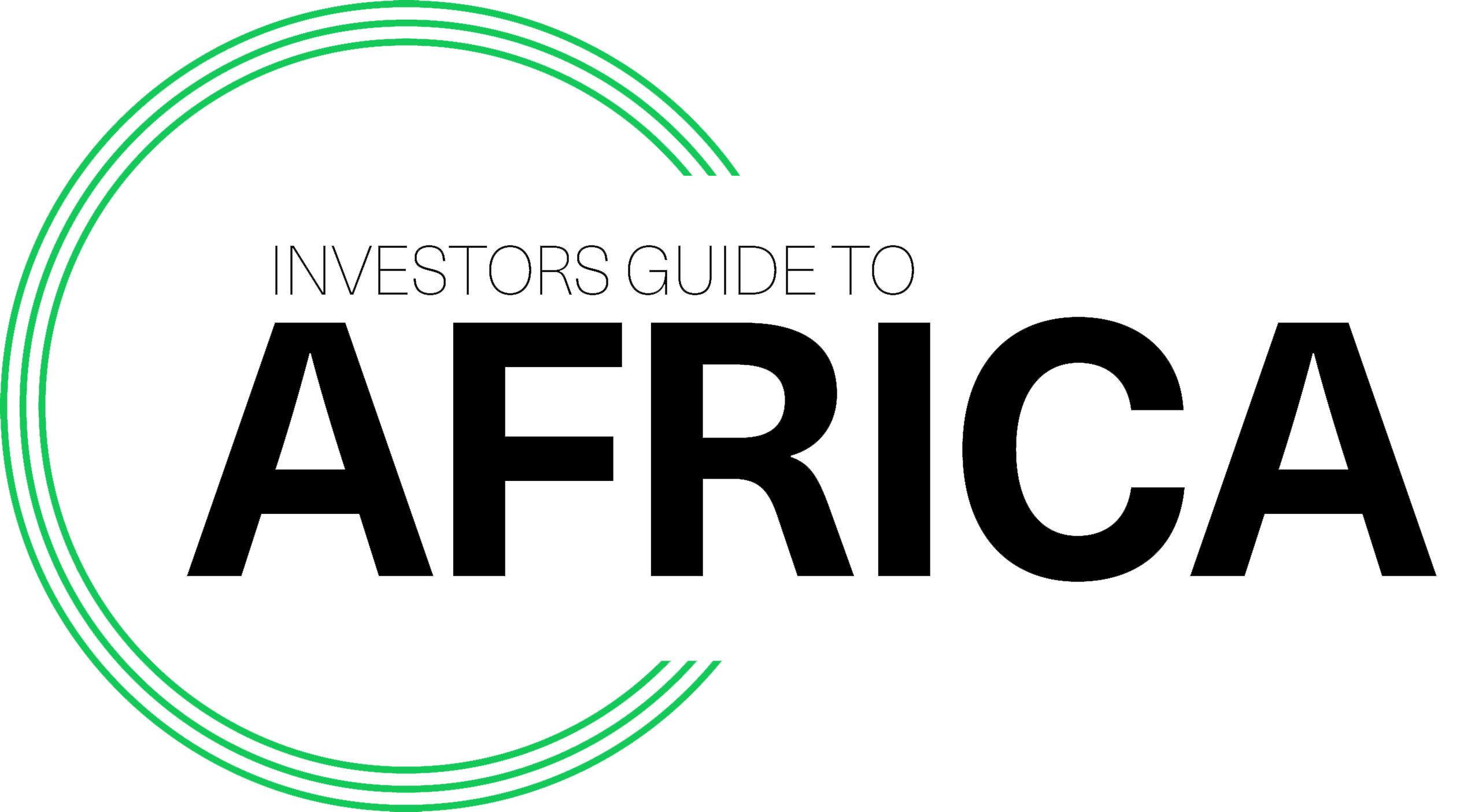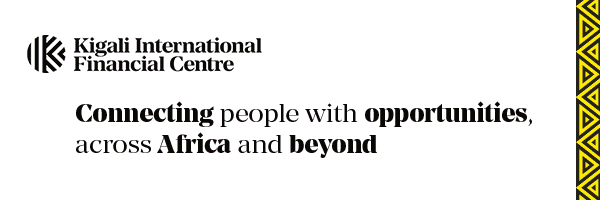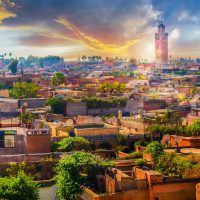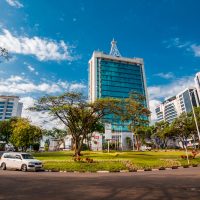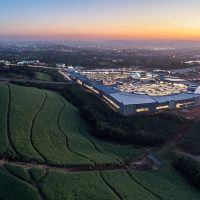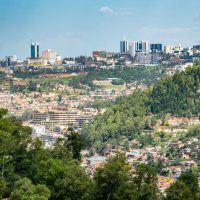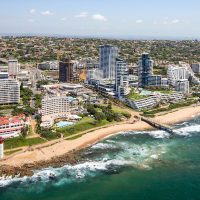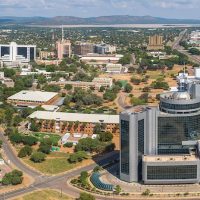Nigeria’s Special Economic Zones (SEZs) have emerged as powerful catalysts for economic growth, generating 35,000 direct and indirect employments and propelling socioeconomic development across the nation, according to Nabil Saleh, chairman of the Nigeria Economic Zones Association. Speaking at the association’s annual general meeting in Lagos, Saleh revealed that the SEZs have not only spurred employment but have also attracted substantial investments. He disclosed that these zones have drawn over $66 billion in Foreign Direct Investments (FDI) and N620 billion in Domestic Direct Investments (DDI). A breakdown of the investments highlights the dominance of the manufacturing sector, which claimed 45%…
Locations
Morocco’s Bold Bid to Transform Tourism in the Wake of a Devastating Earthquake
In the aftermath of its most powerful earthquake in over six decades, Morocco is calling upon visionary investors to breathe new life into its vibrant tourism sector. Opportunities abound, spanning from the development of pristine beachfront resorts to the creation of immersive theme parks. With a resolute ambition to double annual investment in the tourism industry to a staggering $2 billion by 2026, Imad Barrakad, the trailblazing CEO of the Moroccan Agency for Tourism Development, shared his bold vision on the sidelines of the Future Hospitality Summit in Abu Dhabi. Presently, the nation draws in a commendable $1 billion in…
Rwanda’s Vision
Investors Guide to Africa speaks to Nick Barigye, Chief Executive Officer of Rwanda Finance Limited (RFL), the agency responsible for developing and promoting Kigali International Financial Centre (KIFC) and positioning Rwanda as a preferred financial jurisdiction for investments into Africa. IGTA: The vision is for Kigali International Financial Centre to catalyse Rwanda’s socio-economic development by unlocking capital. To what extent is this vision being realised? Nick Barigye: Our Vision 2050sets the long-term strategic plan for the country to become an upper middle-income country by 2035 and a high-income country by 2050. To achieve this, we need to…
Africa’s Tech Renaissance: Pioneering the Path to the Future
In an unprecedented move that underscored the ever-changing landscape of technology, Nairobi played host to the Kauffman Fellows Summit, drawing three hundred venture capitalists from across the globe. This historic event marked not only the largest congregation of venture capitalists but also the first time this summit ventured into the African terrain. The tale of technology in Africa intertwines seamlessly with the rise of fintech. A significant majority of Africa’s 10+ unicorns are fintech ventures, a narrative we’ve closely followed. Between 2021 and 2022, a substantial 40 to 60% of venture capital (VC) funding in Africa found its way into…
Durban: Now is the Time for US Investors
In the realm of global investment, Africa constitutes perhaps the final frontier with its untapped potential across diverse sectors. As a rapidly growing and under-served marketplace, the continent is unmatched for 21st Century opportunity. So, why haven’t more investors beaten a path to Africa’s door to date? Among the continent’s vibrant cities, Durban stands out as a strategic gateway for US investors aiming to capitalise on Africa’s economic growth. With its unique blend of infrastructure, location, economic diversity, and business-friendly environment, it presents a compelling case for US investors to consider. Durban’s geographical location plays a pivotal role in…
Rwanda: The Land of a Thousand Opportunities
Rwanda, the small but mighty nation in the Great Rift Valley of central Africa, is known as ‘the land of a thousand hills.’ Perhaps a more appropriate moniker would be ‘the land of a thousand opportunities’, for here, a can-do attitude is helping to pioneer an ambitious and forward-looking new narrative that seeks to harness the unfulfilled potential of the continent and has Rwanda on a fast track to becoming the Singapore of Africa. No longer are African nations defined by their dependent and subordinate relationships with this or that global power, but rather, setting their own agendas and striking partnerships…
Durban = Double Digit Growth Opportunities
South Africa is the premium springboard into the African continent, offering a platform into one of the world’s last frontiers of double-digit growth opportunities. So says Russell Curtis, CEO of Invest Durban. Here is a man with reason to be passionate about the metropolitan region he is tasked with attracting new investment into, alongside retaining and expanding that which is already there. Part of Invest Durban’s mandate is to promote the destination internationally. This has seen the CEO recently take his message to North America, an untapped source market for FDI that is now coming to understand all that South…
South Africa: Staff Concluding Statement of the 2023 Article IV Mission
Washington, DC: An International Monetary Fund (IMF) team led by Papa N’Diaye visited South Africa on March 1-17 to hold meetings with the economic authorities and other counterparts from the public and private sectors for the 2023 Article IV annual consultation. Discussions focused on policies to ensure macro-financial stability and the far-reaching reforms needed to durably lift potential growth, create jobs, reduce poverty and inequality, and facilitate the transition to a greener economy. ContextSouth Africa’s economic and social challenges are mounting, risking stagnation amid an unprecedented energy crisis, increasingly binding infrastructure and logistics bottlenecks, a less favorable external environment, and…
Newly Formed Investment Council To Enhance Egypt’s FDI Attractiveness
Egyptian President Abdel Fattah Al-Sisi issued on Thursday decree No. 141/2023 to form the Supreme Council for Investment. The Council shall be formed and headed by the President of the republic, with the membership of Prime Minister, Governor of Central Bank, and Ministers of Defence and Military Production, Justice, Planning and Economic Development, International Cooperation, Finance, Interior, Communications and Information Technology, Local Development, Public Enterprises Sector, and Trade and Industry. Other members include the Head of General Intelligence, Chairperson of Administrative Control Authority, Chairperson of Egyptian Exchange, Chairperson of the Suez Canal Economic Zone, CEO of General Authority for Investment…
Focus On Botswana
Botswana is a small country with a population of about 2.35 million (World Bank, 2020) and nestled between South Africa, Namibia, Zimbabwe and Zambia. Its central location in southern Africa enables it to serve as a gateway to the region. Botswana has historically enjoyed high economic growth rates and its export-driven economy is highly correlated with global economic trends. Development has been driven mainly by revenue from diamond mining, which has enabled Botswana to develop infrastructure and provide social welfare programs for vulnerable members of the population. “The World Bank classifies Botswana as an upper middle-income country.” Botswana is a…
